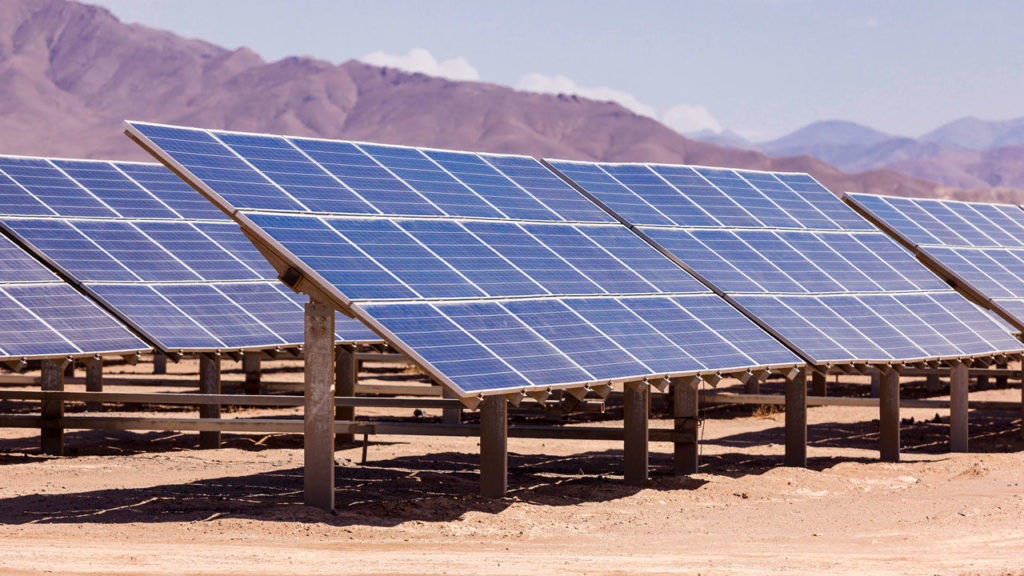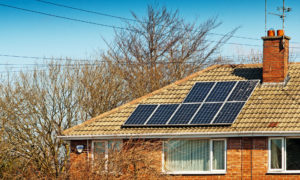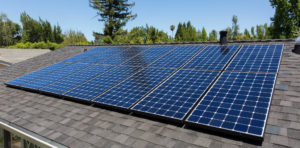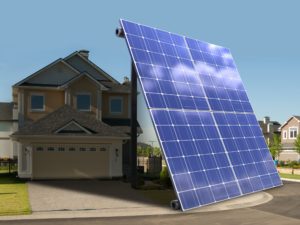The Sun is the biggest star and the source of all life on Earth; the natural solar energy it produces is useful to us in several ways.
The sun provides two forms of energy: light and heat, which we can use for a number of purposes, including photosynthesis in plants, electricity generation with photovoltaic (PV) cells, and heating water and food. So, what are some of the solar energy applications? To make our homes more energy-efficient, let’s look at four common uses and benefits of sunlight in our daily lives.
1: Solar Water Heating
Solar energy can also be used in water heating systems. The majority of solar water heating systems generate hot water that is used inside the home. Solar water heaters absorb the sun’s heat and send it to the water tank through a rooftop cell. According to the researchers, solar water heaters usually pay back within five to ten years. Swimming pool heating is another use of solar energy, especially in Australia. The water is circulated to a collector and then drained back into the pool after being heated by sunlight. Solar pool heating is the most cost-effective use of solar energy in many climates, as per the research, with costs ranging from $3,000 to $4,000 and a payback period of 1.5 to 7 years.
Solar space heating systems are commonly used to power radiant floors or to heat a home in combination with a Forced Hot Air (FHA) system. By considering the placement of windows and the materials used in the building, passive solar home design can also heat buildings in the winter.
2: Solar Cookers
Solar ovens are becoming increasingly popular home appliances, whether you build your own or buy pre-assembled. A solar oven is a slow cooker, similar to an electronic crockpot. A solar oven heats food to relatively low temperatures over several hours using angled reflectors that direct solar energy into a special chamber (8 to 10, as mentioned in the recipe). The fuel source is once again available for free in the form of sunlight.
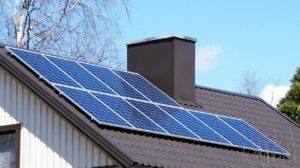
3: Hot Air Solar Systems
There are also full-house heating systems that move heat around the house using hot air rather than water or another liquid. These systems operate by collecting and circulating hot air from the sun beating down on a roof or an exposed wall in the house, offices, or industries. Clay roof tiles, for example, may have air channels built into them, allowing warmed air to circulate. Houses with hot air solar heating frequently have heat-absorbing roofs or siding surfaces. A powered rotating fan is used in many systems to distribute warm air. These systems are commonly designed to heat only a single room. This device can be thought of as a more advanced version of the old-fashioned sunroom, which was heated by the sun reflecting through large windows and heating a stone or ceramic tile floor.
4: Solar Ventilation
Solar ventilation solutions, such as solar attic fans, can help to cool your home during the summer, reducing the load on your HVAC system. If you are unable to install a solar PV system that will cover your entire home’s energy usage, this could be a viable alternative. The Solatube solar attic fan is an innovative product. Solar ventilation systems, which can preheat a building’s air in cold climates and reduce energy costs, are examples of commercial and industrial applications of solar process heat.
TipTalk:
The sun is a strong source of energy that can support our planet by providing us with renewable, reusable energy. This energy is free, does not pollute the environment, and, if used wisely, will help us become less reliant on more expensive and harmful sources of electricity.

